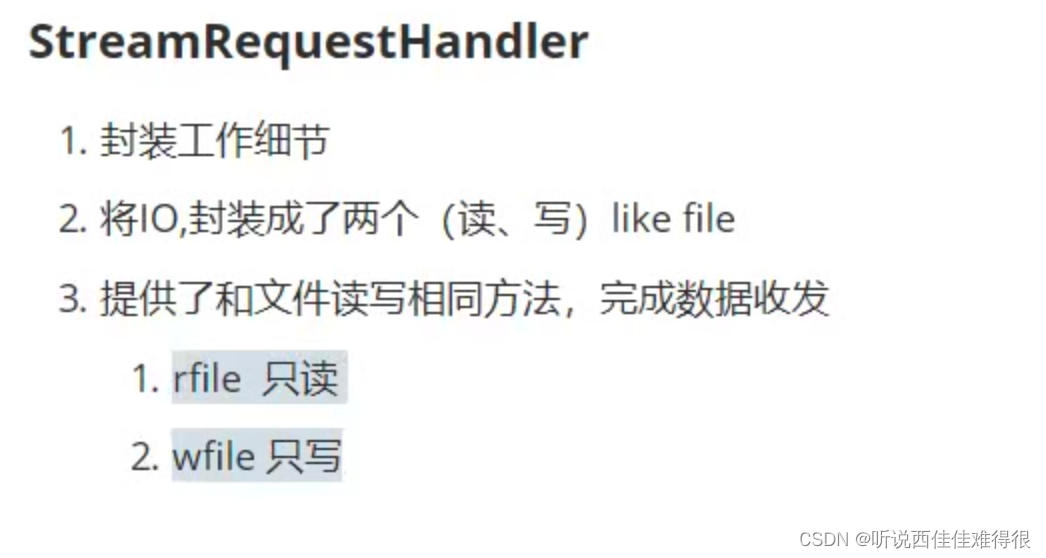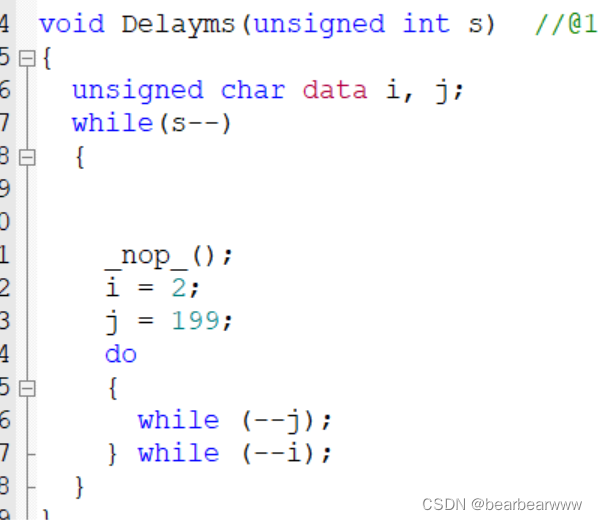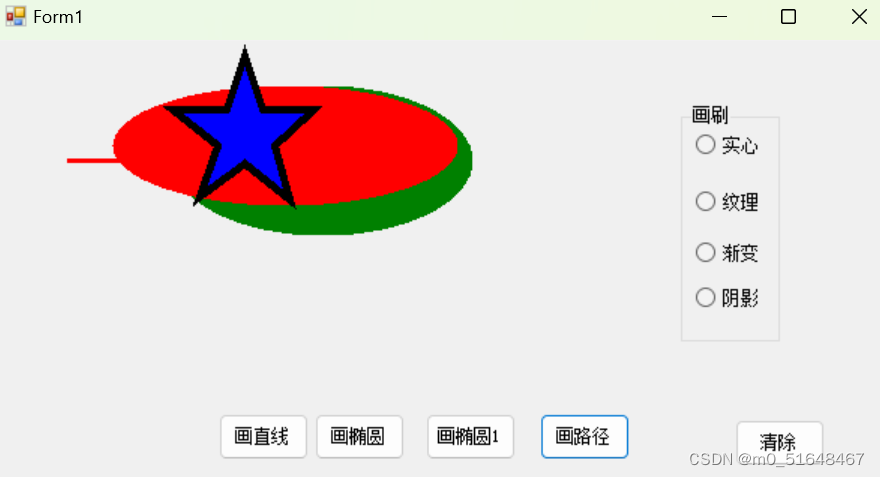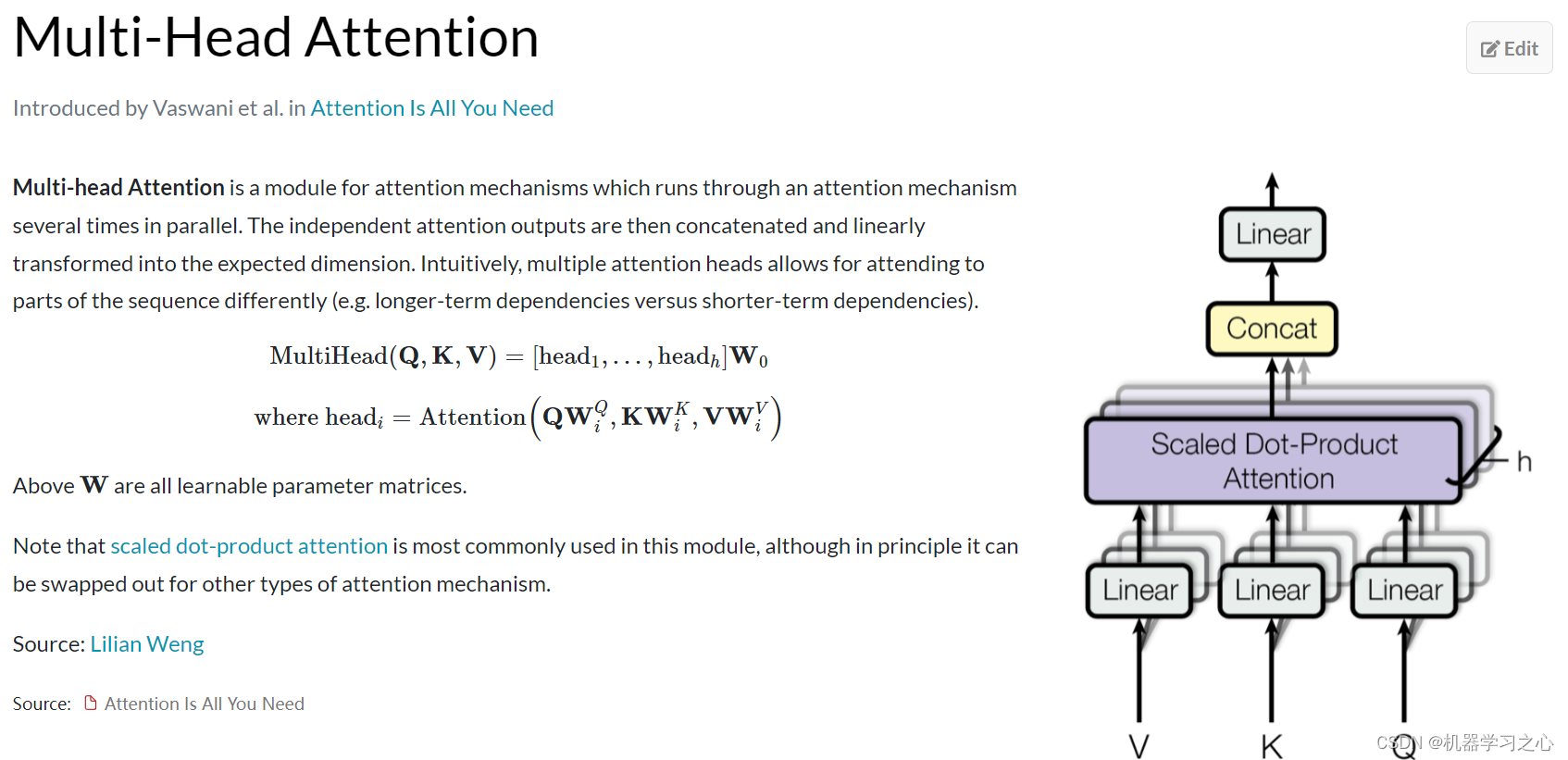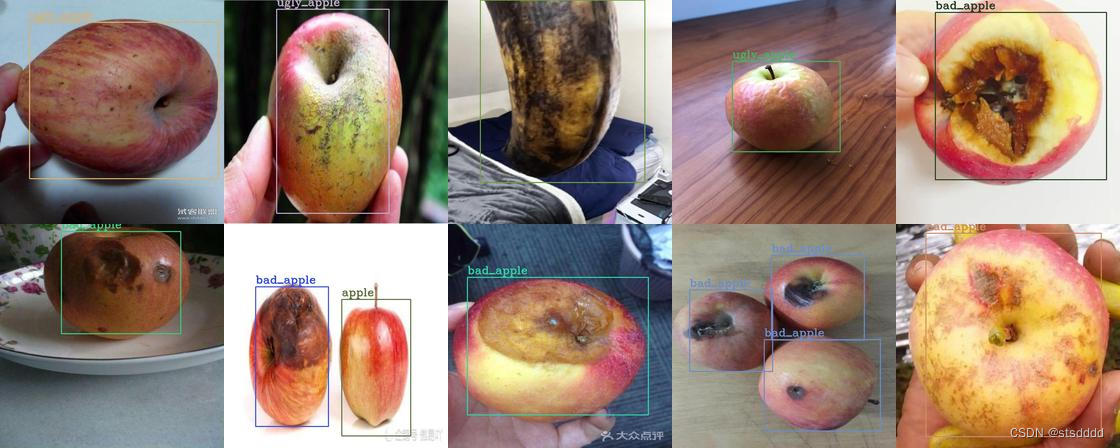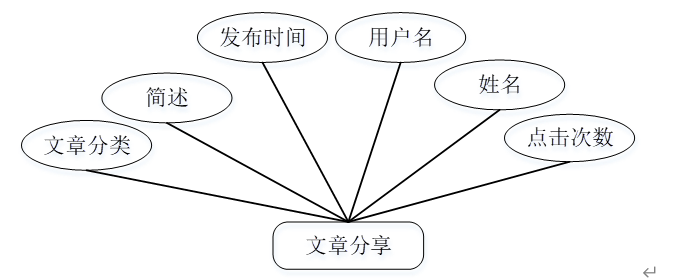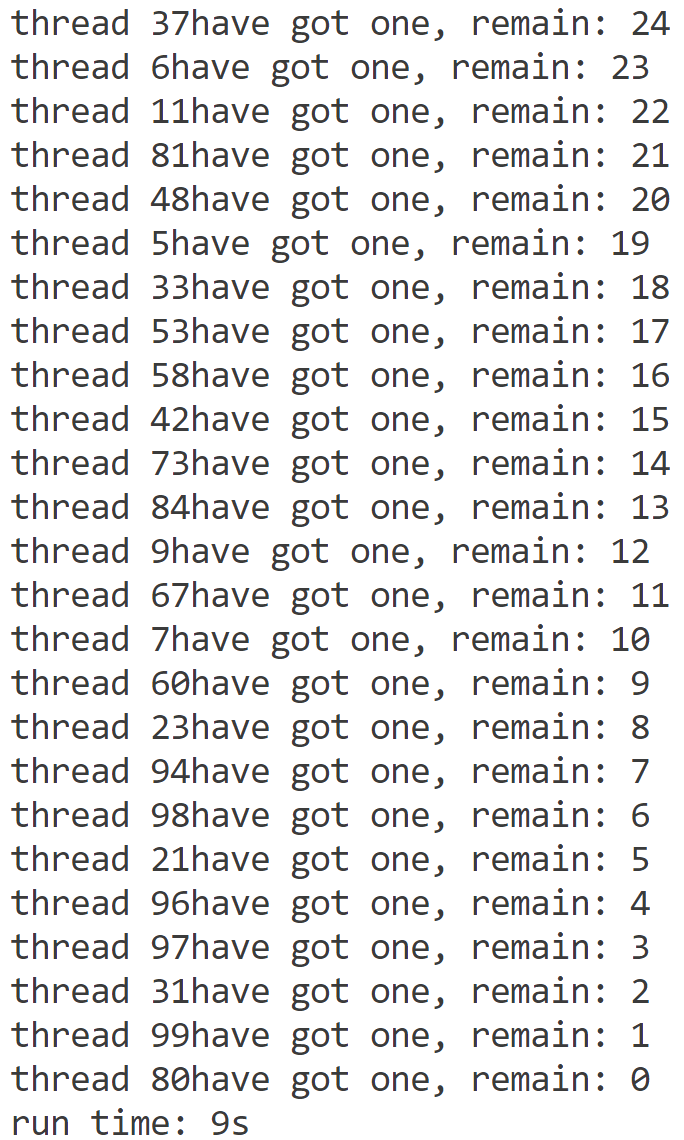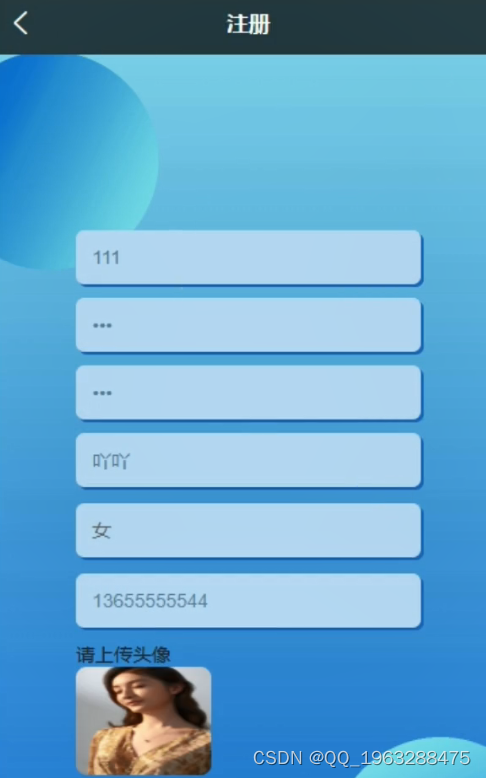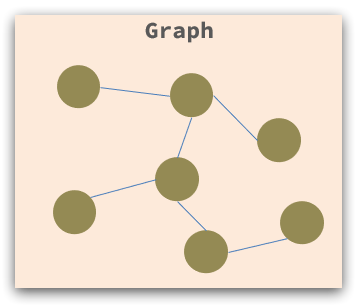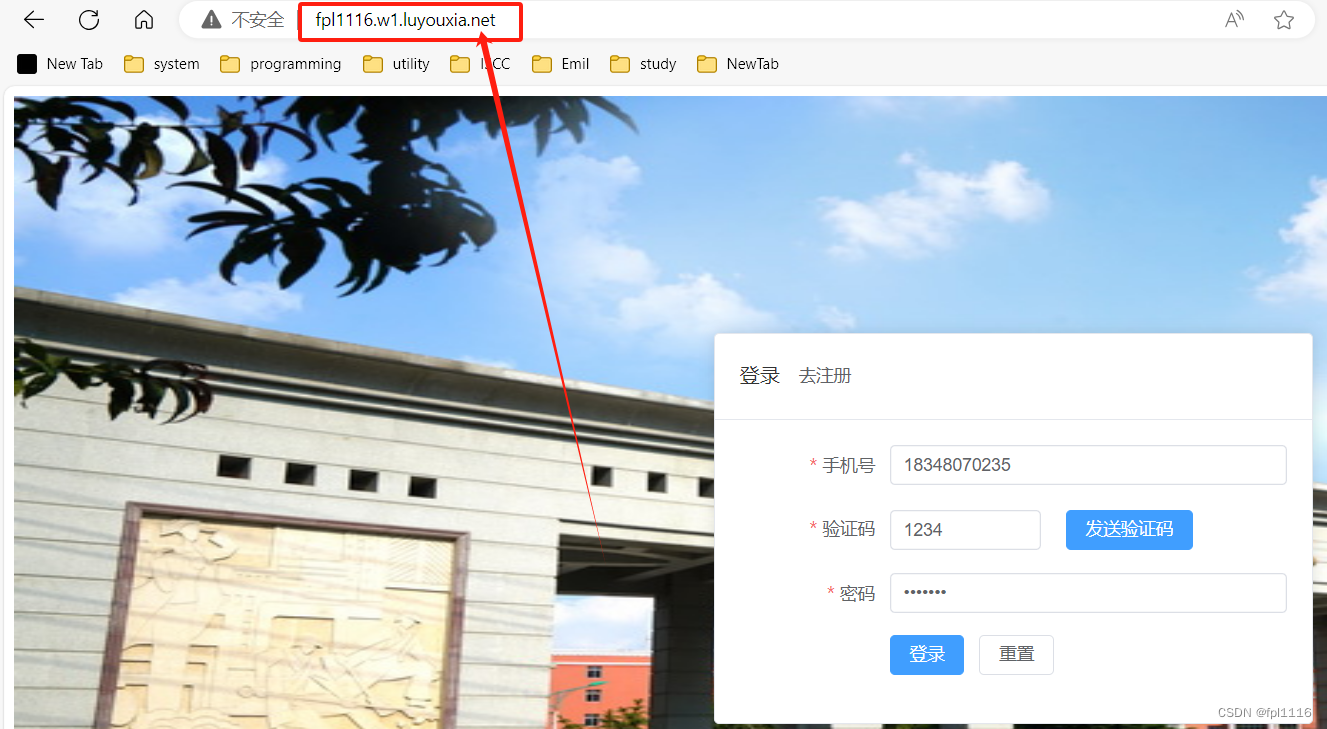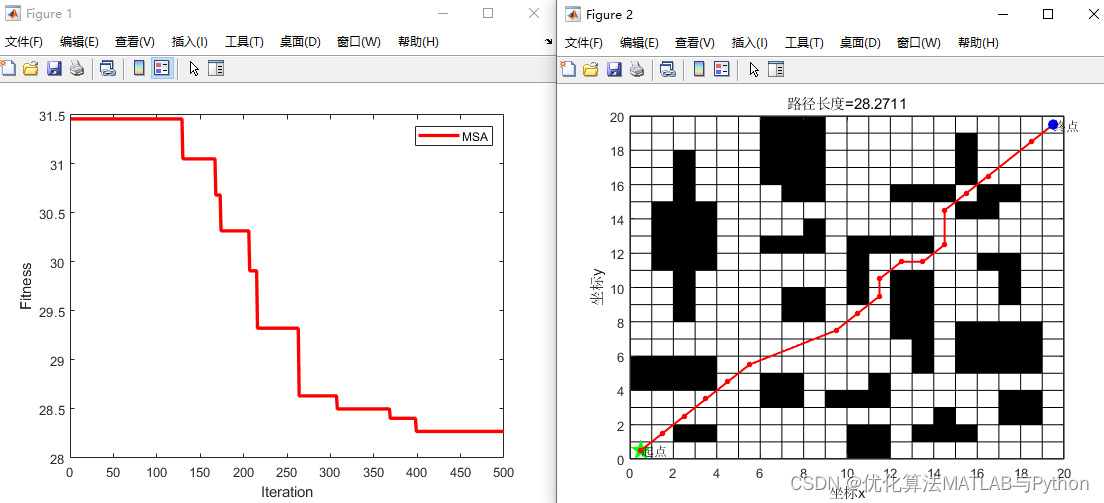
欢迎来到Cefler的博客😁
🕌博客主页:折纸花满衣
🏠个人专栏:信号量和线程池

目录
- 👉🏻日志代码
- Log.cpp
- Main.cc
- 👉🏻线程池代码
- LockGuard.hpp(自定义互斥锁,进行加锁和解锁)
- Thread.hpp
- Task.hpp(安排线程任务)
- ThreadPool.hpp
- 👉🏻读写锁和自旋锁
- c++读写锁实现伪代码
- c++自旋锁实现伪代码
👉🏻日志代码
Log.cpp
#define _CRT_SECURE_NO_WARNINGS 1
#pragma once
#include <iostream>
#include <fstream>
#include <string>
#include <cstdarg>
#include <ctime>
#include <unistd.h>
#include <sys/types.h>
#include <sys/stat.h>
#include <fcntl.h>
using namespace std;
enum
{
Debug = 0,
Info,
Warning,
Error,
Fatal
};
enum
{
Screen = 10,//向显示器
OneFile,
ClassFile
};
std::string LevelToString(int level)
{
switch (level)
{
case Debug:
return "Debug";
case Info:
return "Info";
case Warning:
return "Warning";
case Error:
return "Error";
case Fatal:
return "Fatal";
default:
return "Unknown";
}
}
const int defaultstyle = Screen;
const std::string default_filename = "log.";
const std::string logdir = "log";
class Log
{
public:
Log() : style(defaultstyle), filename(default_filename)
{
mkdir(logdir.c_str(), 0775);
}
void Enable(int sty) //
{
style = sty;
}
std::string TimeStampExLocalTime()
{
time_t currtime = time(nullptr);
struct tm* curr = localtime(&currtime);
char time_buffer[128];
snprintf(time_buffer, sizeof(time_buffer), "%d-%d-%d %d:%d:%d",
curr->tm_year + 1900, curr->tm_mon + 1, curr->tm_mday,
curr->tm_hour, curr->tm_min, curr->tm_sec);
return time_buffer;
}
void WriteLogToOneFile(const std::string& logname, const std::string& message)
{
umask(0);
int fd = open(logname.c_str(), O_CREAT | O_WRONLY | O_APPEND, 0666);
if (fd < 0) return;
write(fd, message.c_str(), message.size());
close(fd);
// std::ofstream out(logname);
// if (!out.is_open())
// return;
// out.write(message.c_str(), message.size());
// out.close();
}
void WriteLogToClassFile(const std::string& levelstr, const std::string& message)
{
std::string logname = logdir;
logname += "/";
logname += filename;
logname += levelstr;
WriteLogToOneFile(logname, message);
}
void WriteLog(const std::string& levelstr, const std::string& message)
{
switch (style)
{
case Screen:
std::cout << message;
break;
case OneFile:
WriteLogToClassFile("all", message);
break;
case ClassFile:
WriteLogToClassFile(levelstr, message);
break;
default:
break;
}
}
void LogMessage(int level, const char* format, ...) // 类C的一个日志接口
{
char leftbuffer[1024];
std::string levelstr = LevelToString(level);
std::string currtime = TimeStampExLocalTime();
std::string idstr = std::to_string(getpid());
char rightbuffer[1024];
va_list args; // char *, void *
va_start(args, format);
// args 指向了可变参数部分
vsnprintf(rightbuffer, sizeof(rightbuffer), format, args);
va_end(args); // args = nullptr;
snprintf(leftbuffer, sizeof(leftbuffer), "[%s][%s][%s] ",
levelstr.c_str(), currtime.c_str(), idstr.c_str());
std::string loginfo = leftbuffer;
loginfo += rightbuffer;
WriteLog(levelstr, loginfo);
}
// void operator()(int level, const char *format, ...)
// {
// LogMessage(int level, const char *format, ...)
// }
~Log() {}
private:
int style;
std::string filename;
};
Log lg;
class Conf
{
public:
Conf()
{
lg.Enable(Screen);
}
~Conf()
{}
};
Conf conf;
Main.cc
#include <iostream>
#include "Log.hpp"
int main()
{
Log lg;
lg.Enable(OneFile);
lg.LogMessage(Debug, "this is a log message: %d, %lf\n", 123, 3.14);
lg.LogMessage(Info, "this is a log message: %d, %lf\n", 123, 3.14);
lg.LogMessage(Warning, "this is a log message: %d, %lf\n", 123, 3.14);
lg.LogMessage(Error, "this is a log message: %d, %lf\n", 123, 3.14);
lg.LogMessage(Fatal, "this is a log message: %d, %lf\n", 123, 3.14);
lg.LogMessage(Debug, "this is a log message: %d, %lf\n", 123, 3.14);
lg.LogMessage(Info, "this is a log message: %d, %lf\n", 123, 3.14);
lg.LogMessage(Warning, "this is a log message: %d, %lf\n", 123, 3.14);
lg.LogMessage(Error, "this is a log message: %d, %lf\n", 123, 3.14);
lg.LogMessage(Fatal, "this is a log message: %d, %lf\n", 123, 3.14);
lg.LogMessage(Debug, "this is a log message: %d, %lf\n", 123, 3.14);
lg.LogMessage(Info, "this is a log message: %d, %lf\n", 123, 3.14);
lg.LogMessage(Warning, "this is a log message: %d, %lf\n", 123, 3.14);
lg.LogMessage(Error, "this is a log message: %d, %lf\n", 123, 3.14);
lg.LogMessage(Fatal, "this is a log message: %d, %lf\n", 123, 3.14);
return 0;
}
上述我们是将内容写进一个文件夹里lg.Enable(OneFile);
我们看结果:
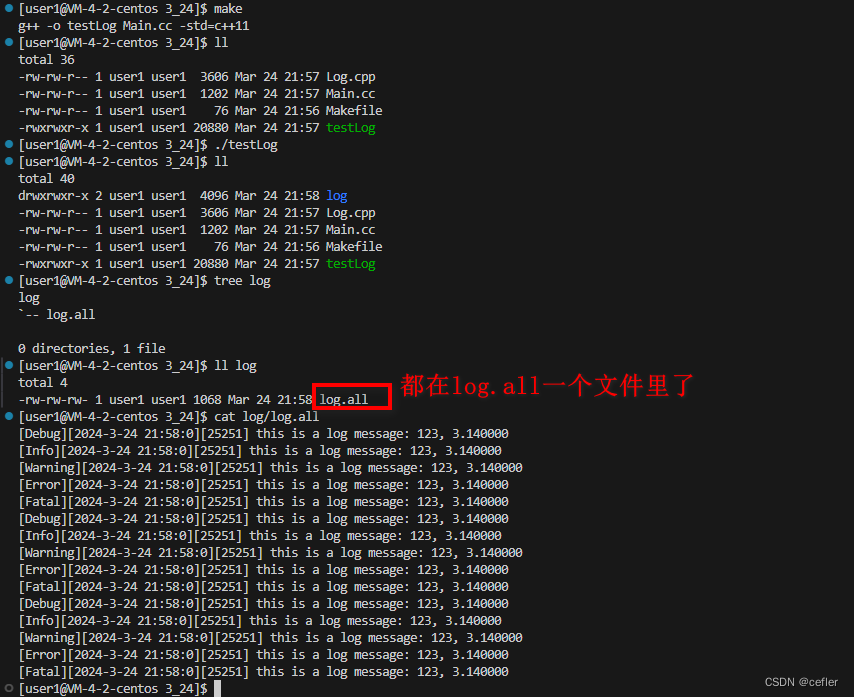
👉🏻线程池代码
LockGuard.hpp(自定义互斥锁,进行加锁和解锁)
#pragma once
#include <pthread.h>
// 不定义锁,默认认为外部会给我们传入锁对象
class Mutex
{
public:
Mutex(pthread_mutex_t *lock):_lock(lock)
{}
void Lock()
{
pthread_mutex_lock(_lock);
}
void Unlock()
{
pthread_mutex_unlock(_lock);
}
~Mutex()
{}
private:
pthread_mutex_t *_lock;
};
class LockGuard
{
public:
LockGuard(pthread_mutex_t *lock): _mutex(lock)
{
_mutex.Lock();
}
~LockGuard()
{
_mutex.Unlock();
}
private:
Mutex _mutex;
};
Thread.hpp
#pragma once
#include <iostream>
#include <string>
#include <functional>
#include <pthread.h>
// 设计方的视角
//typedef std::function<void()> func_t;
template<class T>
using func_t = std::function<void(T&)>;
template<class T>
class Thread
{
public:
Thread(const std::string &threadname, func_t<T> func, T &data)
:_tid(0), _threadname(threadname), _isrunning(false), _func(func), _data(data)
{}
static void *ThreadRoutine(void *args) // 类内方法,
{
// (void)args; // 仅仅是为了防止编译器有告警
Thread *ts = static_cast<Thread *>(args);
ts->_func(ts->_data);
return nullptr;
}
bool Start()
{
int n = pthread_create(&_tid, nullptr, ThreadRoutine, this/*?*/);
if(n == 0)
{
_isrunning = true;
return true;
}
else return false;
}
bool Join()
{
if(!_isrunning) return true;
int n = pthread_join(_tid, nullptr);
if(n == 0)
{
_isrunning = false;
return true;
}
return false;
}
std::string ThreadName()
{
return _threadname;
}
bool IsRunning()
{
return _isrunning;
}
~Thread()
{}
private:
pthread_t _tid;
std::string _threadname;
bool _isrunning;
func_t<T> _func;
T _data;
};
Task.hpp(安排线程任务)
#pragma once
#include <iostream>
#include <string>
#include <unistd.h>
const int defaultvalue = 0;
enum
{
ok = 0,
div_zero,
mod_zero,
unknow
};
const std::string opers = "+-*/%";
class Task
{
public:
Task()
{
}
Task(int x, int y, char op)
: data_x(x), data_y(y), oper(op), result(defaultvalue), code(ok)
{
}
void Run()
{
switch (oper)
{
case '+':
result = data_x + data_y;
break;
case '-':
result = data_x - data_y;
break;
case '*':
result = data_x * data_y;
break;
case '/':
{
if (data_y == 0)
code = div_zero;
else
result = data_x / data_y;
}
break;
case '%':
{
if (data_y == 0)
code = mod_zero;
else
result = data_x % data_y;
}
break;
default:
code = unknow;
break;
}
}
void operator()()
{
Run();
}
std::string PrintTask()
{
std::string s;
s = std::to_string(data_x);
s += oper;
s += std::to_string(data_y);
s += "=?";
return s;
}
std::string PrintResult()
{
std::string s;
s = std::to_string(data_x);
s += oper;
s += std::to_string(data_y);
s += "=";
s += std::to_string(result);
s += " [";
s += std::to_string(code);
s += "]";
return s;
}
~Task()
{
}
private:
int data_x;
int data_y;
char oper; // + - * / %
int result;
int code; // 结果码,0: 结果可信 !0: 结果不可信,1,2,3,4
};
ThreadPool.hpp
#pragma once
#include <iostream>
#include <queue>
#include <vector>
#include <pthread.h>
#include <functional>
#include "Log.hpp"
#include "Thread.hpp"
#include "LockGuard.hpp"
static const int defaultnum = 5;
class ThreadData
{
public:
ThreadData(const std::string &name) : threadname(name)
{
}
~ThreadData()
{
}
public:
std::string threadname;
};
template <class T>
class ThreadPool
{
private:
ThreadPool(int thread_num = defaultnum) : _thread_num(thread_num)
{
pthread_mutex_init(&_mutex, nullptr);//互斥锁初始化
pthread_cond_init(&_cond, nullptr);//条件变量初始化
// 构建指定个数的线程
for (int i = 0; i < _thread_num; i++)
{
// 待优化
std::string threadname = "thread-";
threadname += std::to_string(i + 1);
ThreadData td(threadname);
// Thread<ThreadData> t(threadname,
// std::bind(&ThreadPool<T>::ThreadRun, this, std::placeholders::_1), td);
// _threads.push_back(t);
_threads.emplace_back(threadname,std::bind(&ThreadPool<T>::ThreadRun, this,std::placeholders::_1),td);//emplace_back函数直接在容器的末尾就地构造一个新的元素(直接构造),而不是先创建一个临时对象
lg.LogMessage(Info, "%s is created...\n", threadname.c_str());//打印日志
}
}
ThreadPool(const ThreadPool<T> &tp) = delete;
const ThreadPool<T> &operator=(const ThreadPool<T>) = delete;
public:
// 有线程安全问题的(单例模式-懒汉模式):在懒汉模式下,单例实例在第一次使用时才被创建
//线程不安全是因为会有多个线程进行创建实例
static ThreadPool<T> *GetInstance()
{
if (instance == nullptr)
{
LockGuard lockguard(&sig_lock);//为了规避线程不安全情况,要进行加锁操作
if (instance == nullptr)
{
lg.LogMessage(Info, "创建单例成功...\n");
instance = new ThreadPool<T>();
}
}
return instance;
}
bool Start()
{
// 启动
for (auto &thread : _threads)
{
thread.Start();
lg.LogMessage(Info, "%s is running ...\n", thread.ThreadName().c_str());
}
return true;
}
void ThreadWait(const ThreadData &td)//线程等待
{
lg.LogMessage(Debug, "no task, %s is sleeping...\n", td.threadname.c_str());
pthread_cond_wait(&_cond, &_mutex);
}
void ThreadWakeup()//唤醒线程
{
pthread_cond_signal(&_cond);
}
void checkSelf()
{
// 1. _task_num > _task_num_high_water && _thread_num < _thread_num_high_water
// 创建更多的线程,并且更新_thread_num
// 2. _task_num == _task_num_low_water && _thread_num >= _thread_num_high_water
// 把自己退出了,并且更新_thread_num
}
void ThreadRun(ThreadData &td)//线程执行
{
while (true)
{
// checkSelf()
checkSelf();
// 取任务
T t;
{
LockGuard lockguard(&_mutex);
while (_q.empty())
{
ThreadWait(td);//执行队列如果为空,则让当前线程进行等待
lg.LogMessage(Debug, "thread %s is wakeup\n", td.threadname.c_str());//若执行到这一步,说明线程以及被唤醒
}
t = _q.front();
_q.pop();
}
// 处理任务
t();
lg.LogMessage(Debug, "%s handler task %s done, result is : %s\n",
td.threadname, t.PrintTask().c_str(), t.PrintResult().c_str());
}
}
void Push(T &in)
{
lg.LogMessage(Debug, "other thread push a task, task is : %s\n", in.PrintTask().c_str());
LockGuard lockguard(&_mutex);
_q.push(in);
ThreadWakeup();
}
~ThreadPool()
{
pthread_mutex_destroy(&_mutex);
pthread_cond_destroy(&_cond);
}
// for debug
void Wait()
{
for (auto &thread : _threads)
{
thread.Join();
}
}
private:
std::queue<T> _q;
std::vector<Thread<ThreadData>> _threads;
int _thread_num;
pthread_mutex_t _mutex;
pthread_cond_t _cond;
static ThreadPool<T> *instance;
static pthread_mutex_t sig_lock;
// 扩展1:
// int _thread_num;
// int _task_num;
// int _thread_num_low_water; // 3
// int _thread_num_high_water; // 10
// int _task_num_low_water; // 0
// int _task_num_high_water; // 30
// 扩展2: 多进程+多线程
// int number{1};
};
template <class T>
ThreadPool<T> *ThreadPool<T>::instance = nullptr;
template <class T>
pthread_mutex_t ThreadPool<T>::sig_lock = PTHREAD_MUTEX_INITIALIZER;
👉🏻读写锁和自旋锁
当多个线程尝试同时访问共享资源时,为了保证数据的一致性,需要使用锁来实现同步。读加锁和自旋锁都是常见的锁机制,用于控制对共享资源的访问。
-
读加锁(Read Lock):
- 读加锁允许多个线程同时对共享资源进行读取操作,但不允许写操作。
- 当一个线程获取了读锁后,其他线程可以继续获取读锁,但不能获取写锁,直到所有的读锁都被释放。
- 读锁之间不会互斥,可以同时存在多个读锁。
- 读锁适用于读操作频繁,写操作较少的场景,可以提高并发读取效率。
-
自旋锁(Spin Lock):
- 自旋锁是一种忙等待的锁机制,当一个线程尝试获取锁时,如果锁已经被其他线程占用,该线程会循环检测锁是否被释放,而不是进入睡眠状态。
- 自旋锁适用于对共享资源的访问时间非常短的情况,避免了线程频繁切换和上下文切换的开销。
- 自旋锁在多核处理器上效果更好,因为在等待锁的过程中可以利用处理器时间进行自旋操作,提高效率。
总的来说,读加锁适合读操作频繁的场景,而自旋锁适合对共享资源访问时间短、线程并发量不高的场景。选择合适的锁机制可以提高程序的并发性能和效率。
c++读写锁实现伪代码
读写锁(Read-Write Lock)是一种多线程同步机制,允许多个线程同时对共享资源进行读取操作,但在进行写操作时需要互斥排他。它的设计目的是在读操作频繁、写操作较少的场景下提高并发性能。
读写锁通常包括两种状态:读模式和写模式。
- 读模式:多个线程可以同时获取读锁,以便并发地读取共享资源。
- 写模式:当一个线程获取写锁时,其他线程无法同时获取读锁或写锁,确保写操作的互斥性。
与互斥锁不同,读写锁允许多个线程同时持有读锁,这样可以提高并发性能。只有当有线程持有写锁时,其他线程才不能获取读锁或写锁。
读写锁的使用场景通常是在数据的读操作远远多于写操作的情况下,通过允许并发读取来提高性能。然而,如果写操作频繁,读写锁可能会失去优势,因为写操作会阻塞所有的读操作。
在C++中,可以使用 std::shared_mutex 来实现读写锁的功能,通过 lock_shared() 获取读锁,通过 lock() 获取写锁,实现对共享资源的安全访问。
#include <iostream>
#include <thread>
#include <mutex>
std::mutex mtx;
int sharedData = 0;
void writer() {
mtx.lock(); // 加锁
sharedData++; // 写操作
std::cout << "Writer updated data to: " << sharedData << std::endl;
mtx.unlock(); // 解锁
}
int main() {
std::thread writerThread1(writer);
std::thread writerThread2(writer);
writerThread1.join();
writerThread2.join();
return 0;
}
c++自旋锁实现伪代码
C++11 提供的原子操作来实现自旋锁
#include <atomic>
class SpinLock {
public:
void lock() {
while (locked.test_and_set(std::memory_order_acquire)) {
// 自旋等待锁释放
}
}
void unlock() {
locked.clear(std::memory_order_release);
}
private:
std::atomic_flag locked = ATOMIC_FLAG_INIT;
};
如上便是本期的所有内容了,如果喜欢并觉得有帮助的话,希望可以博个点赞+收藏+关注🌹🌹🌹❤️ 🧡 💛,学海无涯苦作舟,愿与君一起共勉成长



